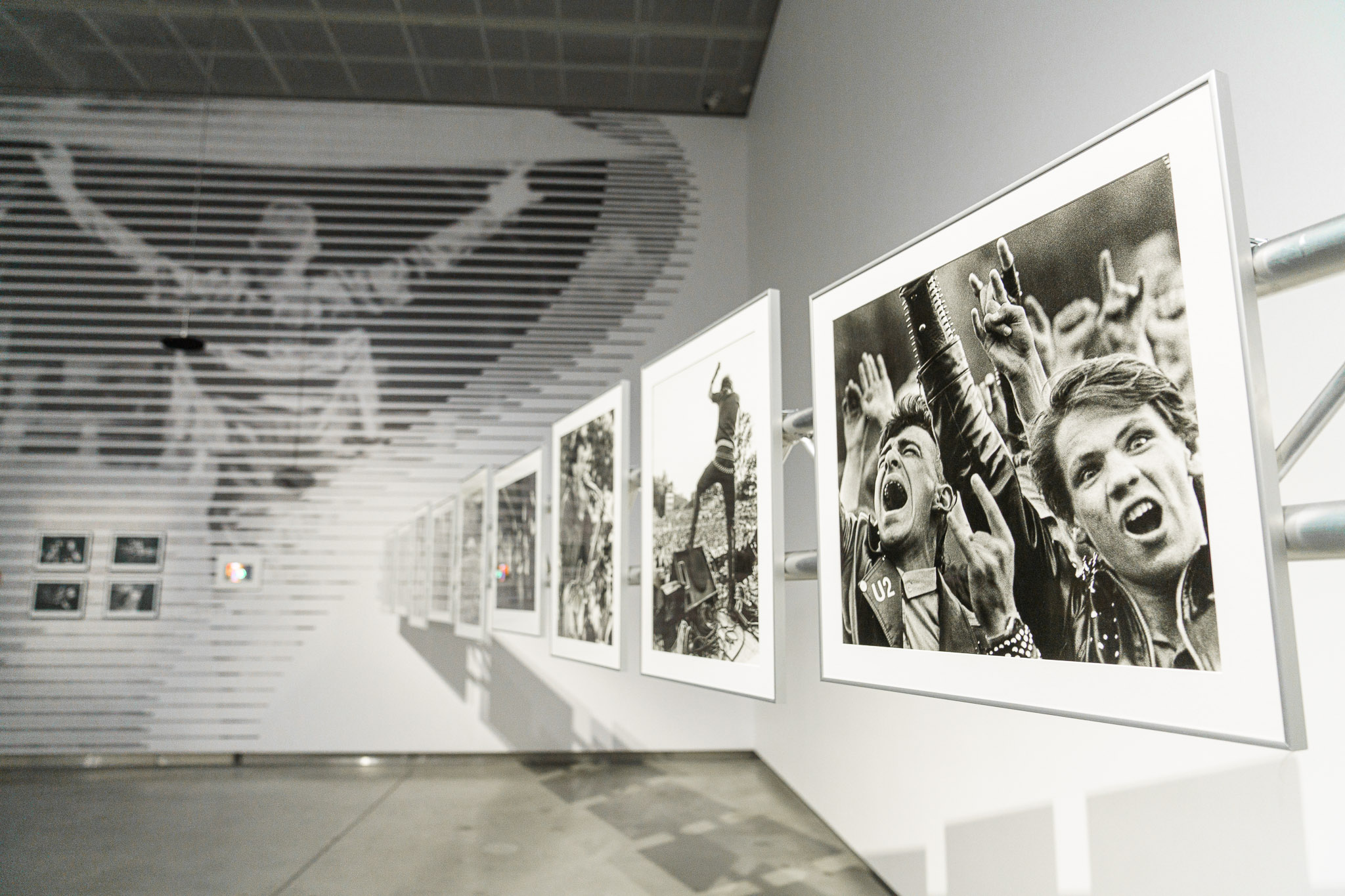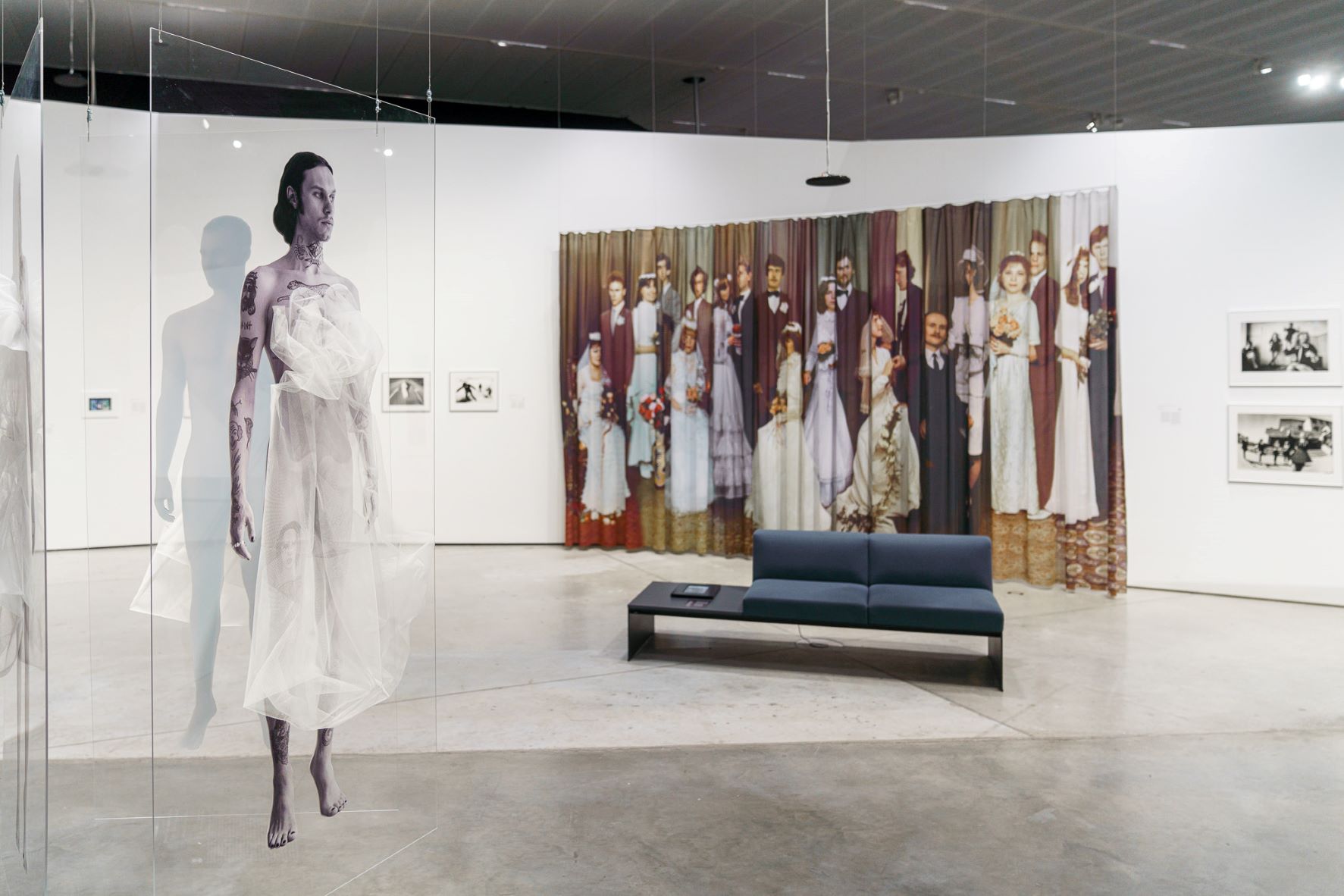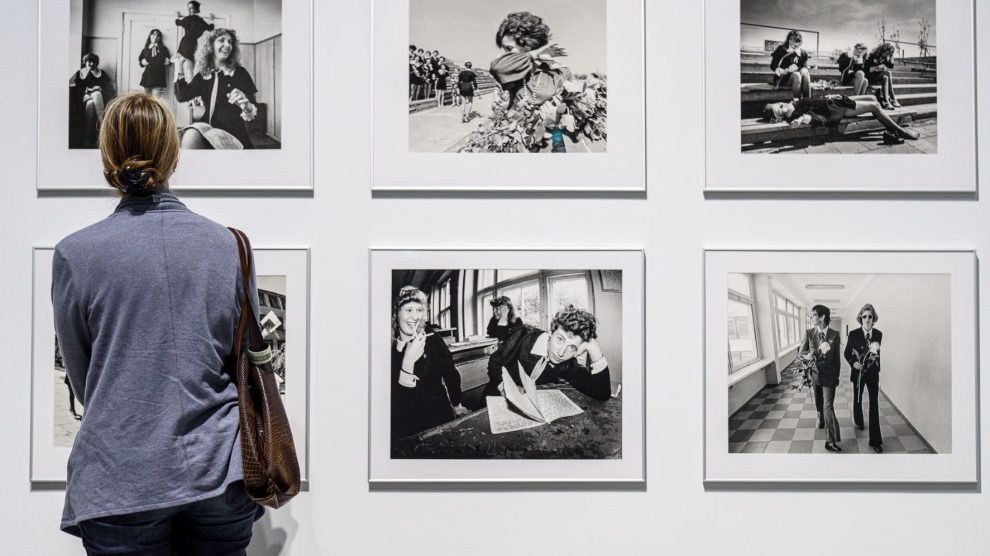A major new photo exhibition at the MO Modern Art Museum in the Lithuanian capital Vilnius looks at how festivities help people process change.
The MO Modern Art Museum in Vilnius, designed by Daniel Libeskind, has unveiled a new photography exhibition entitled Celebrate for Change, which analyses the theme of celebration.
- Christo’s ‘L’Arc de Triomphe, Wrapped’ and his complicated relationship with Bulgaria
- How a bishop, an art school and an animation festival brought hope to a war-torn Georgian village
- Now we’re flying again, how do we get to the airport?
The exhibition asserts that we participate in state, ideological or religious, mass or personal celebrations, but also asks how often do we think about their significance?
The works of Lithuanian photographers and contemporary artists of various generations from the MO Museum and other collections present one of the most characteristic features of Lithuanian photography – celebration.
“We have one of the largest photography collections in Lithuania, so we found it interesting to analyse it through the prism of festivities,” says MO Museum Director Milda Ivanauskienė.
“The exhibition emphasises the changes we experience during celebrations and the changes brought on by celebrations. So, while we are still living in ‘pandemic mode’ – in a time of transition and transformation – the broad interpretation of celebrations and their ability to inspire change becomes even more relevant.”

Celebration: Personal, political, religious
The Celebrate for Change exhibition takes an unconventional look at celebration. It depicts weddings, midsummer festivals, independence days, anniversaries. What do all these events have in common?
“All celebrations share a common trait: they either help us experience change, or they themselves encourage that change to happen. It doesn’t matter whether these changes occur in our personal lives or within our countries, their structure always remains the same,” says the exhibition’s curator Tomas Pabedinskas.
“First, we separate ourselves from the previous way of being, then we live through a transitional period until we finally establish a new identity. The celebration can serve as a resistance to restrictive political systems, social structures and cultural norms. During celebrations, we also create new principles of public life and get rid of traditional behavioural norms or social roles.”

Photography and taking photographs
And how is photography involved in celebrations and social processes?
Photography immortalises festivities but also becomes a part of them. The ritual of photography establishes relations between participants of the celebration, and the photograph seems to guarantee their longevity.
Photography often determines the form of the celebration itself, the appearance and behaviour of its participants, and the celebration is turned into a “photogenic” performance.
“This exhibition is the first attempt in Lithuania to look at celebrations from such a broad perspective – what, how and why we celebrate, and how celebration is captured in photography. We analyse celebrations while linking different directions and stages in the development of Lithuanian photography.
“At the same time, we aim to broaden the concept of celebration. In this respect, the exhibition is unique in the Lithuanian context,” adds exhibition co-curator Ugnė Paberžytė.
The Celebrate for Change exhibition will run until February 2022. Photos by Rytis Seskaitis, courtesy MO Modern Art Museum/Go Vilnius.
Unlike many news and information platforms, Emerging Europe is free to read, and always will be. There is no paywall here. We are independent, not affiliated with nor representing any political party or business organisation. We want the very best for emerging Europe, nothing more, nothing less. Your support will help us continue to spread the word about this amazing region.
You can contribute here. Thank you.



Add Comment